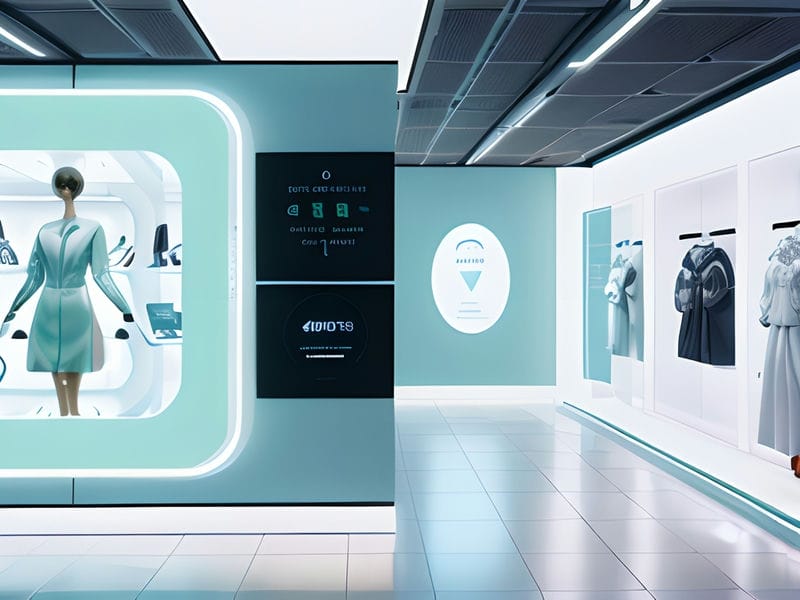
The Role of Technology in Sustainable Fashion
Overview of how technology is being used in the fashion industry to reduce waste and pollution.
Technology has played a crucial role in transforming the fashion industry towards sustainability. One of the key issues that the industry is facing today is waste and pollution, and technology has been instrumental in finding innovative solutions to address these challenges.
One way technology is being used in the fashion industry to reduce waste and pollution is through the use of 3D printing. This cutting-edge technology allows designers to create garments and accessories without generating any waste material. By only using the exact amount of materials needed for production, 3D printing significantly reduces waste in the manufacturing process.
Additionally, advancements in artificial intelligence (AI) have enabled fashion brands to optimize their supply chain management and reduce overproduction. AI algorithms can analyze data on consumer behavior, trends, and inventory levels to forecast demand more accurately, leading to fewer unsold items that end up as waste.
Recycled wool reduces textile waste Eco-Conscious Fashion Brand Recycled Polyester. Vintage clothing is a sustainable choice How AI Is Transforming Fashion Design Ethical Labor Practices. Carbon-neutral clothing brands offset their emissions Organic and Natural Fiber Fabrics Recycled Wool. Econyl is made from recycled ocean plastics Circular Fashion Practices Local Production.
Furthermore, blockchain technology is being utilized to track and trace the entire lifecycle of a garment, from raw material sourcing to production and distribution. This transparency allows consumers to make informed choices about their purchases based on sustainability criteria, encouraging brands to adopt more eco-friendly practices.
Overall, technology has been a game-changer in promoting sustainability within the fashion industry by providing innovative solutions to reduce waste and pollution. As consumers become increasingly aware of these environmental issues, it is imperative for brands to embrace technological advancements in order to meet the growing demand for sustainable fashion options.











